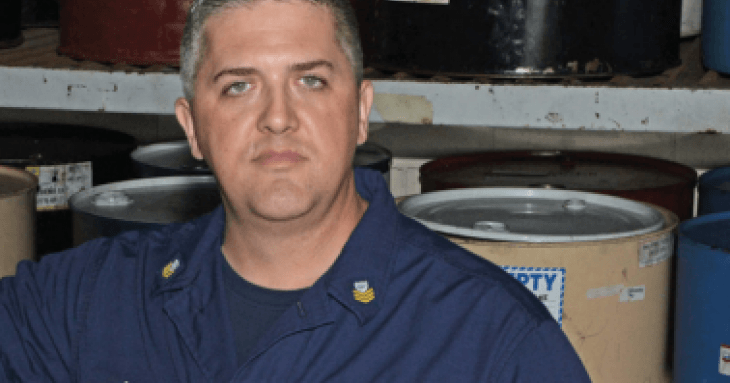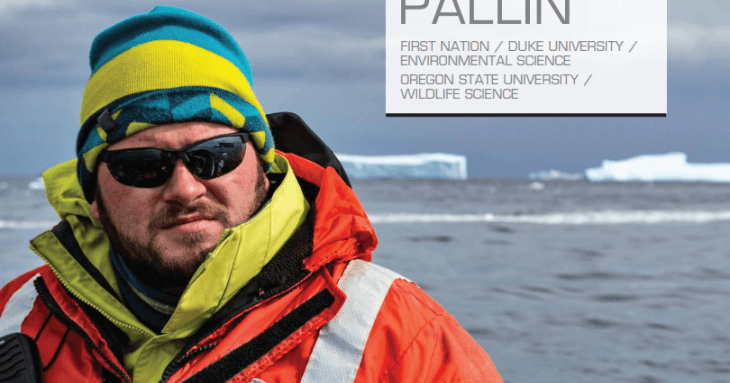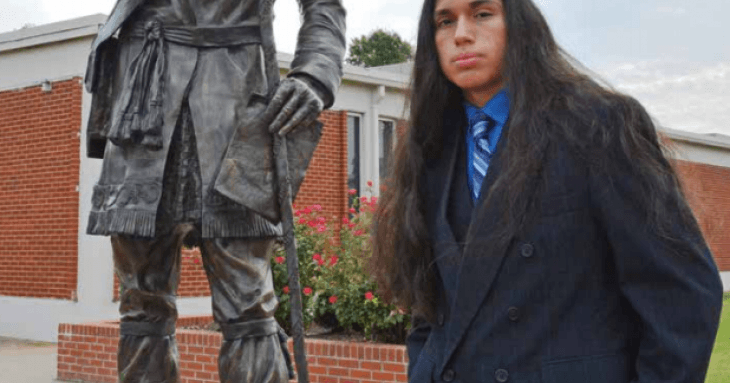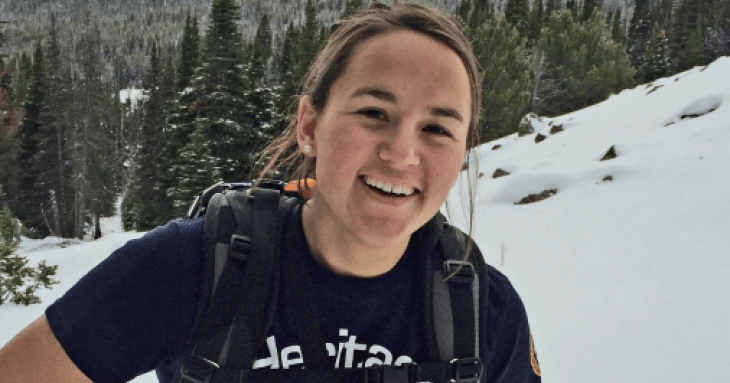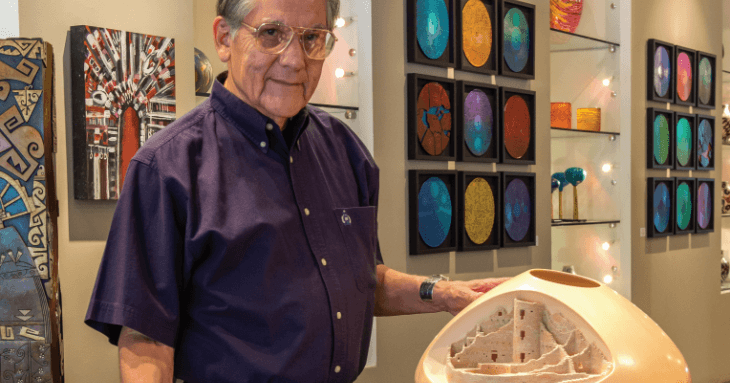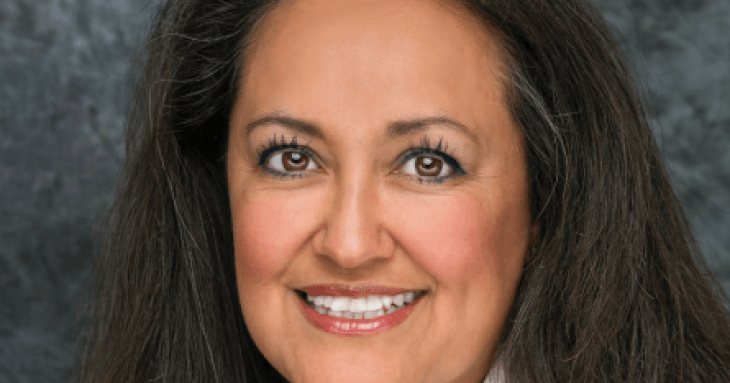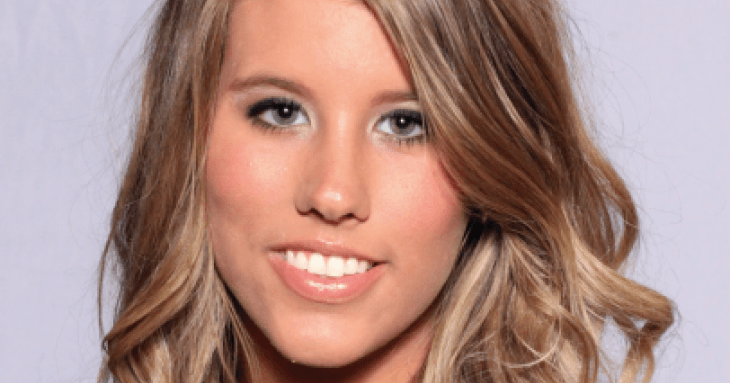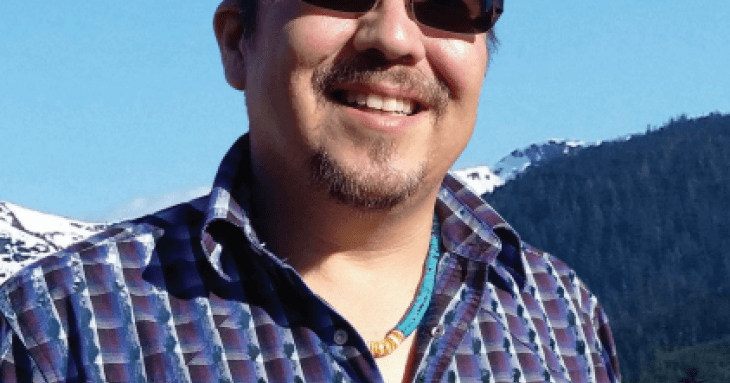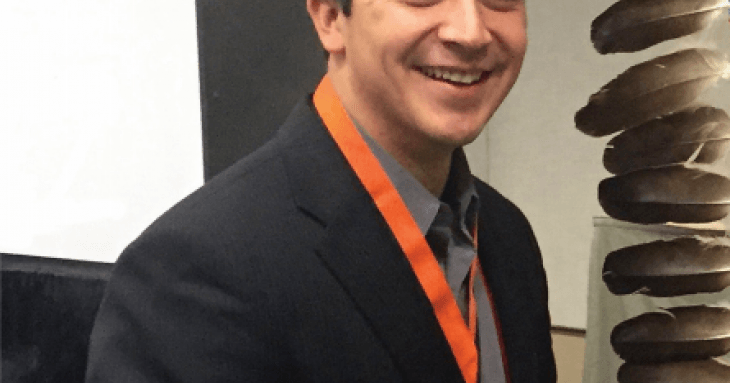-
Nizhoni Tallas / Navajo / Navajo Preparatory School
Growing up in Rough Rock, Ariz., Nizhoni Tallas, Navajo, spent a great deal of time exploring the outdoors. It was there, in her rural community, where she first became interested in the field of environmental science. “My brothers and I would hike the mesa and the canyon right in our backyard,” says Tallas. “I fell in love with the diversity of plants, rocks, and the smell of fresh air. From that point on, I knew I wanted to learn more about the environment and how I can protect it now and for future generations.”
-
Jeff Gregg / Cherokee And Blackfoot / U.S. Coast Guard / Marine Science Technician (MST1)
The heart of Jeff Gregg’s work is vigilance. As a hazardous waste coordinator at the U.S. Coast Guard Base in Honolulu, he spends his days protecting water. Or as Gregg puts it, “We keep the black stuff out of the blue stuff.”
For as long as he can remember, the “blue stuff” has been a passion. “There was always something about the water, especially the ocean,” he says. “As a young boy, I discovered Jacques Cousteau and would watch the episodes over and over. I wanted to be Jacques Cousteau.”
-
Logan Pallin / First Nation / Duke University / Environmental Science Oregon State University / Wildlife Science
Logan Pallin, First Nation, grew up just outside the northern Minnesota community of Cloquet. Relatively rural, Cloquet has only about 10,000 residents, and Pallin spent much of his childhood exploring the surrounding forests and lakes.
Like many graduate students, he was drawn to science early on when he became involved in science fairs. “I just loved working on a project, figuring it out, and then having the opportunity to share it with the scientific community,” he says.
-
Onendanegea Rhoades / Cherokee And Nez Perce / Sequoyah High School
When Onen Rhoades wants something, he isn’t afraid to work hard for it. For years he had been interested in building computers but lacked the resources. Still, Rhoades didn’t let that stop him. Once he was old enough to get a job, he began saving money to buy components. By the time he was 16, he had earned enough to build his first computer. “It started when I wanted a gaming computer,” he recalls. “Since there weren’t any classes on it, I went about teaching myself how to build a computer, and I eventually became really good at it.”
-
Amanda Carroll / Peguis First Nation and Cree / Montana State University / Organismal Biology Heritage University / Physician Assistant Program
High school should be a time of growth and self-discovery, and it was especially transformative for Amanda Carroll, Peguis First Nation and Cree. As a high school student she discovered both her cultural roots and her professional path.
Born in Bozeman, Mont., Carroll is the oldest of six children. She is proud of her Peguis and Cree heritage, but didn’t always feel connected with her tribe the way she does today. Growing up, she didn’t hear the Peguis language spoken at home, nor did she learn about their traditions.
-
Al Qöyawayma / Hopi And Cherokee / Mechanical and Systems Engineering / Professional Artist
AISES cofounder and former chairman Al Qöyawayma has an excellent “man cave” in his home in Prescott, Ariz., filled with a cozy clutter of art and books. Steve Jobs, who stares out from the cover of his biography, reflects some of Qöyawayma’s own ideas about success. “When we write resumes, we want to put in the good things,” Qöyawayma says. “Of course, it’s not always the good things you learn from.”
-
Rita Peterson / Ojibwe / Caribou Thunder LLC
Rita Peterson is a busy woman. She runs a truly 21st-century company, one of the only woman-owned, Native American– owned, HUBZone (Historically Underutilized Business Zone)-certified engineering services firms serving the Department of Defense around the country, around the globe, and even into space. Her brainchild, Caribou Th under LLC, is headquartered on the Lac Courte d’Oreilles Ojibwe Reservation in Hayward, Wis.
-
Sheridan Evans / Cherokee / University of Oklahoma / Biology
By the time she was 17 years old, Sheridan Evans had already had three knee surgeries. Surgery after surgery could have been a daunting experience, but for Evans it was the catalyst that opened her eyes to the field of medicine. And with a brand-new bachelor’s degree in biology with a minor in Native American studies from the University of Oklahoma, Evans is well on her way toward her goal of becoming a surgeon providing high quality care for Native Americans.
-
Paul Kabotie / Hopi And Santa Clara Pueblo / Indigenous Collaboration Inc./ Vice President
Entrepreneur and software trailblazer Paul Kabotie is taking a moment to reflect. It’s been a while since he’s retraced his road to here and now — he’s become a successful professional, happy family man, and proud member of the AISES Board of Directors. “When I was starting out on my own, I couldn’t possibly have known how things would work out,” says Kabotie. “It really was about always taking the next step forward, no matter what.”
-
Michael Charles / Navajo / Cornell University and Ohio State University / Chemical Engineering
Michael Charles, a brand-new graduate of Cornell University, has always applied himself. But he hasn’t always been sure of his path in life. After graduating from Longmont Christian High School in Colorado, Charles, Navajo, hadn’t decided on a direction for his studies. “I wasn’t sure exactly what I wanted to do, but realized that I have strong math and science skills,” he explains.



